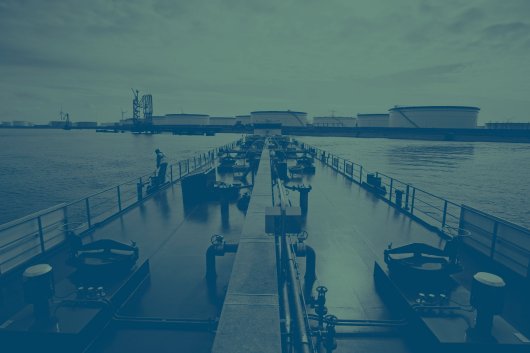Shell expects LNG bunker barge to be operational this summer
Vessel's pumping rate will be 1,000 cubic metres per hour, says marine development manager.
Energy major Shell said on Tuesday that a bunker barge for the delivery of LNG marine fuel will be operational in northwest Europe this summer, Platts reports.
Arjan Stavast, Shell's global marine development manager for LNG, explained at the LNG Bunkering Summit in Amsterdam that the barge will be capable of supplying LNG at a rate of 1,000 cubic metres per hour.
Currently, the majority of LNG bunkering in Europe is carried out using the truck-to-ship delivery method, which is said to be too slow and unsuitable for larger container vessels and tankers.
Shell predicts global LNG bunker demand will rise to between 30 million and 35 million tonnes per year by 2040.
Shell previously announced in December 2015 that it had signed a time-charter agreement with Plouvier Transport NV and Intertrans Tankschiffahrt AG for 15 new inland dual-fuel barges that are scheduled to operate in northwest Europe and predominantly run on LNG.
The 110-metre-long barges are to be used to support Shell's growing operations in the ARA (Amsterdam-Rotterdam-Antwerp) and Rhinetrack (Germany/Switzerland) regions.
A staggered delivery of the barges is expected to take place between now and mid-2018.
Arjan Stavast, Shell's global marine development manager for LNG, explained at the LNG Bunkering Summit in Amsterdam that the barge will be capable of supplying LNG at a rate of 1,000 cubic metres per hour.
Currently, the majority of LNG bunkering in Europe is carried out using the truck-to-ship delivery method, which is said to be too slow and unsuitable for larger container vessels and tankers.
Shell predicts global LNG bunker demand will rise to between 30 million and 35 million tonnes per year by 2040.
Shell previously announced in December 2015 that it had signed a time-charter agreement with Plouvier Transport NV and Intertrans Tankschiffahrt AG for 15 new inland dual-fuel barges that are scheduled to operate in northwest Europe and predominantly run on LNG.
The 110-metre-long barges are to be used to support Shell's growing operations in the ARA (Amsterdam-Rotterdam-Antwerp) and Rhinetrack (Germany/Switzerland) regions.
A staggered delivery of the barges is expected to take place between now and mid-2018.
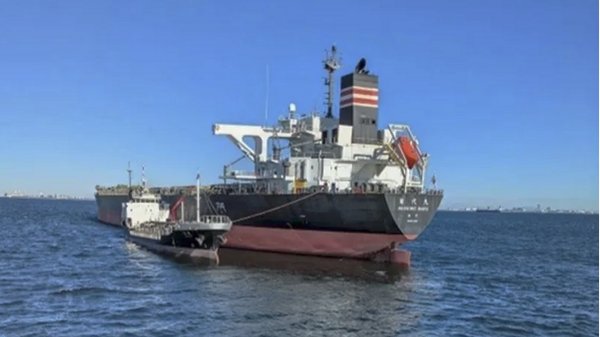
|
NYK trials biofuel in milestone coal carrier test
Vessel is used to test biofuel for domestic utility company. |
|
|
|
||
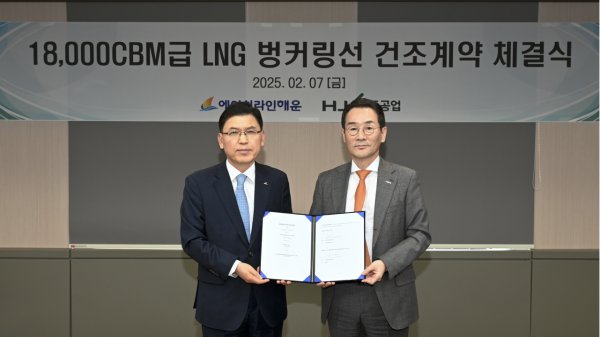
|
H-Line Shipping orders LNG bunkering vessel
Vessel with 18,000-cbm capacity to run on both LNG and MDO. |
|
|
|
||

|
How to engineer and manage green shipping fuels | Stanley George, VPS
Effective management strategies and insights for evolving fuel use. |
|
|
|
||
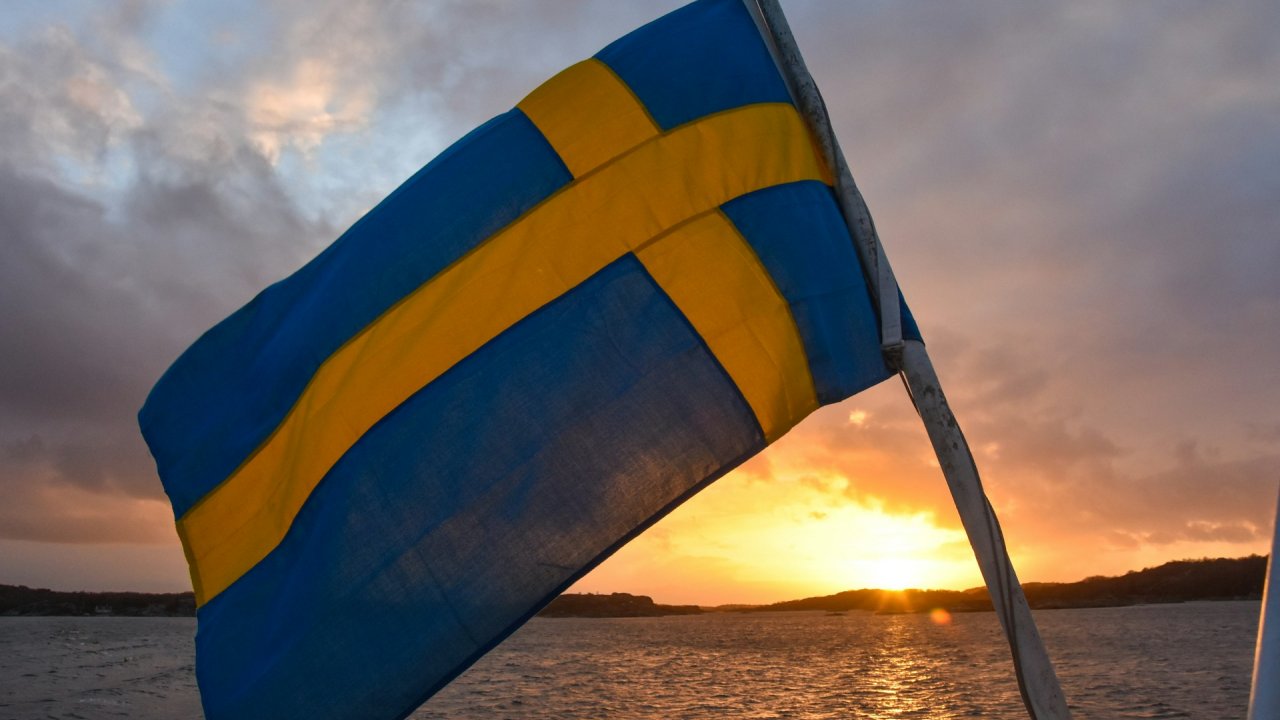
|
Swedish government bans scrubber wastewater discharges
Discharges from open-loop scrubbers to be prohibited in Swedish waters from July 2025. |
|
|
|
||
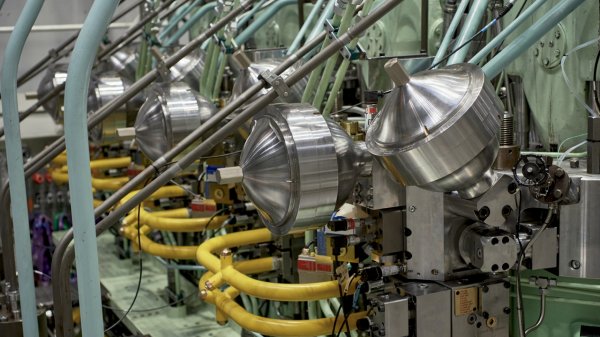
|
MAN Energy Solutions achieves 100% load milestone for ammonia engine
Latest tests validate fuel injection system throughout the entire load curve. |
|
|
|
||

|
Petrobras secures ISCC EU RED certification for B24 biofuel blend at Rio Grande
Blend consisting of 24% FAME is said to have been rigorously tested to meet international standards. |
|
|
|
||

|
Stolt-Nielsen to fully control Avenir LNG with acquisition
Share purchase agreement to buy all shares from Golar LNG and Aequitas. |
|
|
|
||

|
Bureau Veritas supports launch of CIMC SOE's LNG bunkering vessel
Handover of Seaspan Energy's cutting-edge 7,600-cbm vessel completed. |
|
|
|
||

|
Methanol as a marine fuel | Steve Bee, VPS
How environmental legislation has driven the development of low-sulphur fuels and methanol-ready ships. |
|
|
|
||

|
Martin Vorgod elevated to CEO of Global Risk Management
Vorgod, currently CCO at GRM, will officially step in as CEO on December 1, succeeding Peder Møller. |
|
|
|
||
Related Links
- · Shell sells Vivo Energy stake to Vitol [Insights]
- · Shell completes sale of fuel oil-producing refinery in Malaysia [Insights]
- · Idemitsu Kosan acquires stake in Showa Shell [Insights]
- · Shell expands lubricants network to over 700 ports [Insights]
- · Shell signs deal with Carnival to supply world's first fully LNG-powered cruise ships [Insights]
- · Netherlands [Directory]

